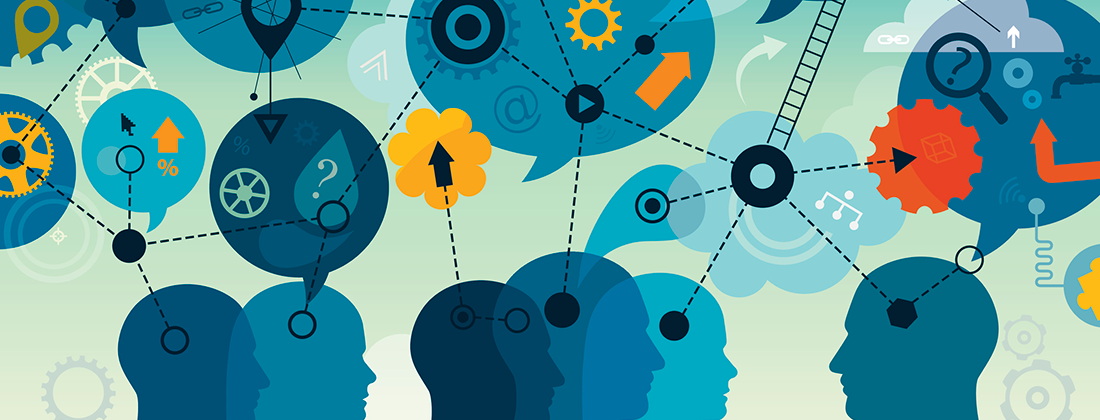 Facebook Description
NCATS Day 2019 Agenda and Post-Event Session Summaries
Facebook Title
NCATS Day 2019 Agenda and Post-Event Session Summaries
Facebook Description
NCATS Day 2019 Agenda and Post-Event Session Summaries
Facebook Title
NCATS Day 2019 Agenda and Post-Event Session Summaries
 Facebook Description
NCATS Day 2019 Agenda and Post-Event Session Summaries
Facebook Title
NCATS Day 2019 Agenda and Post-Event Session Summaries
Facebook Description
NCATS Day 2019 Agenda and Post-Event Session Summaries
Facebook Title
NCATS Day 2019 Agenda and Post-Event Session Summaries


